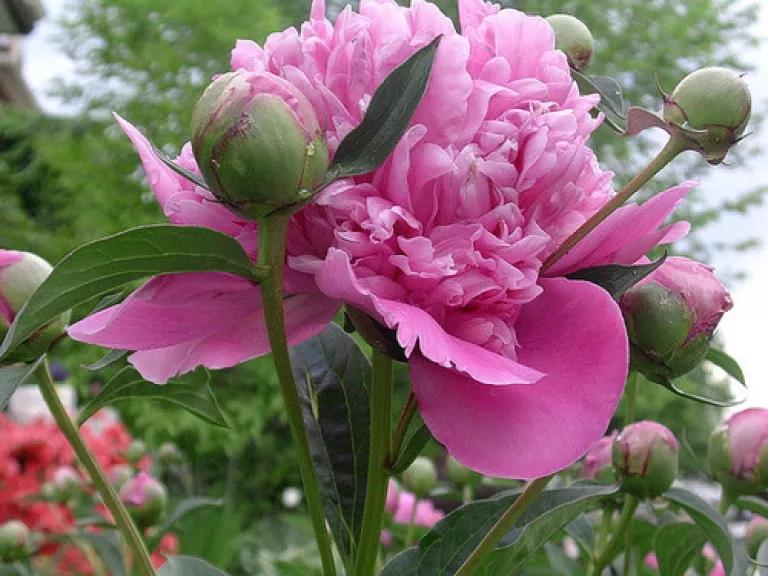This is one of my favorite times of year in New York City. Lilacs and peonies are blooming, and roses are right around the corner. My mother taught me to watch for these signs of spring. She was so familiar with the progression of plants she could practically tell the date by seeing which flowers were open in our garden.
These days it is getting harder for gardeners to track the seasons. Climate change has shifted the arrival of spring and caused unpredictable frosts and rainfalls. Now cherry blossoms can arrive a month early in Washington, DC and tent caterpillars and other pests can do more damage thanks to hotter temperatures.
Changes have been so pronounced the USDA had to update its map for plant hardiness in 2012. The state of Ohio was moved almost entirely into a new and warmer zone.
Our altered gardens, parks, and farms remind us that climate change is all around us. It makes its presence known not only in destructive bursts like Superstorm Sandy, but in quieter ways as well. If we attack the problem at its root—the dangerous air pollution that causes climate change—we can shield communities from extreme weather and help gardening traditions flourish.
I learned about gardening from my mother. These days I stick to vegetables, but I remain awed by her ability to create beautiful landscapes out of a palette of flowers. My grandmother was also expert in this art and was a fixture on the annual Garden Club tour in her small Massachusetts town.
Both my mother and grandmother would be alarmed by what climate change is doing to familiar cycles. Anyone who tends a garden or flower pot has likely noticed, for instance, that plants are sprouting earlier each year. Scientists have noticed this pattern too, and they call it “season creep.”

One recent study compared current conditions to observations made by Henry David Thoreau at Walden Pond and Aldo Leopold in Sand County, Wisconsin. Scientists discovered that in an average year, flowers now bloom about 11 days earlier than in Thoreau’s time. Some species were even more dramatic: Thoreau said high-bush blueberries flowered in mid-May. Today, it is now flowering three to five weeks earlier. In Sand County, the blooms arrived an average of 24 days sooner than in Leopold’s day.
Gardeners and farmers know the trouble with early blooms. Frosts can follow deceptively warm weeks and damage plants. Two years ago, an unusually early spring spurred rapid growth at fruit farms in Michigan, and then a return to normal spring conditions resulted in a series of freezes that destroyed the cherry crop and at least 90 percent of the apple, peach, and juice grape crops. Early springs can also usher in hotter, drier summers. And bees, butterflies, and other pollinators may not be able to change their cycles in time to keep up with shifting plants.
Climate change also contributes to drought, making it harder and more expensive to keep plants watered. When rains do come, they are more likely to come in the form of intense downpours that can damage plants, erode soil, and cause root rot.
Gardeners can take steps to adapt to these changes. Drip irrigation systems conserve more water than sprinklers, for instance, and mulching to aerate the soil and digging small trenches to direct water out of the garden can reduce the impact of heavy rains.
But we must also take action outside of the garden. The United States is about to do the single most important thing it can to fight climate change right now. On June 2, the Environmental Protection Agency will propose national limits on carbon pollution from power plants. This is a welcome breakthrough for our health and our communities, but big polluters are already attacking it.
People from all walks of life must raise our voices in support of strong carbon limits. Gardeners have already joined the effort. The Garden Club of America has repeatedly called for climate action. I urge you to do the same. Click here to tell the EPA you support strong limits on carbon pollution. Together we can plant the seeds for a sustainable future that will thrive for generations to come.
Photo credit: Dennis Des Chene
